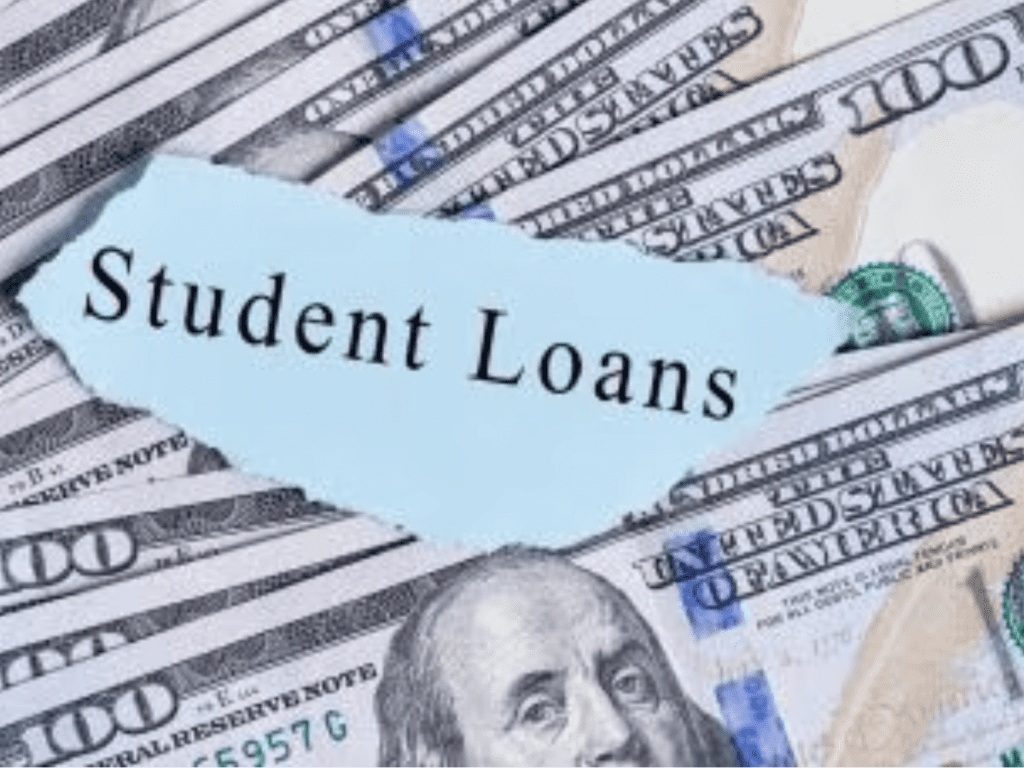Introduction
Student loan refinancing is a financial strategy that many graduates turn to in an effort to manage their education debt more efficiently. As the cost of higher education continues to rise, more and more students are relying on loans to fund their studies. While student loans help individuals gain access to education, they can be a burden after graduation, especially if the interest rates are high or the monthly payments are overwhelming. Refinancing offers a potential solution, but it’s not right for everyone. To determine whether refinancing is a good idea, it’s essential to understand what refinancing is, how it works, and when it makes sense to consider it.
What is Student Loan Refinancing?
Refinancing student loans is the process of taking out a new loan to pay off one or more existing student loans. The new loan typically offers a different interest rate, loan term, and possibly a different repayment plan. The goal of refinancing is usually to secure a lower interest rate, reduce monthly payments, or shorten the term of the loan. Refinancing can apply to both federal and private student loans, although it’s important to understand that refinancing federal student loans will result in losing access to federal protections such as income-driven repayment plans and loan forgiveness programs.
How Student Loan Refinancing Works
When you refinance your student loans, you essentially take out a new loan to pay off your current student debt. The new loan will be issued by a private lender, such as a bank, credit union, or online lender. The lender will review your financial situation, including your credit score, income, and existing debt, to determine the terms of the new loan.
Here’s a step-by-step overview of how the process works:
- Research Lenders: The first step in refinancing is researching potential lenders. Interest rates, loan terms, and repayment options can vary significantly between lenders. Compare offers from multiple lenders to find the best terms for your financial situation.
- Apply for Refinancing: After selecting a lender, you will need to fill out an application. The lender will ask for information about your current student loans, your credit history, income, and other financial details. The application may require you to provide documents such as pay stubs, tax returns, or proof of graduation.
- Receive an Offer: The lender will evaluate your application and present you with an offer. This offer will include the interest rate, loan term, monthly payment amount, and any additional fees associated with the loan. The offer may include a fixed or variable interest rate, depending on the terms of the loan.
- Accept the Offer: If you’re satisfied with the offer, you can accept it. Once you accept the new loan, the lender will pay off your existing student loans and you will begin making payments on the new loan according to the agreed-upon terms.
- Begin Repayment: After refinancing, you’ll start making payments to the new lender. The goal is usually to save money on interest or to lower your monthly payments, depending on the loan terms.
Benefits of Student Loan Refinancing
Student loan refinancing offers several potential benefits. The main advantage is the possibility of saving money over the life of the loan. Here are some specific ways refinancing can be beneficial:
- Lower Interest Rates: One of the primary reasons people refinance student loans is to secure a lower interest rate. If your credit score has improved since you took out your original loans or if you are refinancing during a period of low interest rates, refinancing can help you save money on interest payments over time.
- Reduced Monthly Payments: Refinancing can extend the loan term, which may reduce your monthly payments. While this can help ease financial strain in the short term, it’s important to note that extending the loan term may increase the total amount of interest paid over the life of the loan.
- Shortened Loan Term: On the other hand, refinancing can also shorten the loan term, allowing you to pay off the loan more quickly. This could result in higher monthly payments but less interest paid over the life of the loan, making it an attractive option for borrowers who want to pay off their debt sooner.
- Simplified Payments: If you have multiple student loans, refinancing allows you to consolidate them into one loan. This can simplify your payments by giving you a single monthly payment rather than multiple payments to different lenders.
- Improved Credit Score: If you’ve made on-time payments for a while and your credit score has improved, refinancing may help you secure a better rate, ultimately boosting your credit score even further.
Drawbacks of Student Loan Refinancing
While refinancing can be beneficial for many borrowers, it’s not without risks and drawbacks. Before deciding to refinance, it’s important to consider the potential downsides.
- Loss of Federal Loan Protections: If you refinance federal student loans, you will lose access to certain protections and benefits offered by the federal government. These protections include income-driven repayment plans, loan forgiveness programs, and deferment or forbearance options. If you are eligible for federal student loan forgiveness or need flexibility in your repayment plan, refinancing may not be the right option.
- Risk of Variable Interest Rates: Some lenders offer variable interest rates that can fluctuate over time. While these rates may start lower than fixed rates, they can increase, potentially resulting in higher payments in the future. If you opt for a variable-rate loan, it’s important to be prepared for the possibility of rate increases.
- Eligibility Requirements: Not everyone will qualify for refinancing. Lenders typically require a good credit score, stable income, and a solid financial history to qualify for the best rates. If you don’t meet these criteria, you may be offered a higher interest rate, or your application could be denied.
- Fees and Penalties: Some lenders charge fees for refinancing or impose penalties for early repayment. Before refinancing, make sure to understand all the terms and fees associated with the new loan to avoid unexpected costs.
When Does It Make Sense to Refinance?
Student loan refinancing can be a smart financial move, but it’s not always the best option for everyone. Here are some situations where refinancing might make sense:
- You Have a Stable Income and Strong Credit: If you have a steady income and a strong credit score, refinancing may help you secure a lower interest rate. This can save you money in the long term by reducing the amount of interest you pay over the life of the loan.
- You’re Not Pursuing Loan Forgiveness: If you’re not planning to apply for federal loan forgiveness programs, refinancing may be a good way to take advantage of lower interest rates and better loan terms. However, if you’re pursuing Public Service Loan Forgiveness (PSLF) or another forgiveness program, refinancing would disqualify you from these programs.
- You Can Afford Higher Payments: If you can afford higher monthly payments and want to pay off your debt more quickly, refinancing to a shorter loan term may help you save money on interest and pay off your loans faster.
- You Want to Simplify Your Payments: If you have multiple student loans, refinancing them into one loan can simplify your payments and make it easier to stay organized. This can also reduce the risk of missing a payment and incurring late fees.
- You’ve Improved Your Credit Score: If your credit score has improved since you originally took out your loans, refinancing could help you secure a lower interest rate. A better credit score could result in significant savings over time.
When Should You Avoid Refinancing?
While refinancing can be a great financial tool, it’s not for everyone. Here are some circumstances when you should avoid refinancing:
- You Need Federal Loan Protections: If you are struggling to make payments or need access to income-driven repayment plans, deferment, or forbearance, refinancing federal loans could remove these options. If you think you may need these protections, refinancing is not advisable.
- Your Credit Score Is Low: If you don’t have a strong credit score, you may not qualify for the best interest rates. In this case, refinancing could end up costing you more money in the long run. It may be better to focus on improving your credit score before refinancing.
- You Plan to Apply for Loan Forgiveness: If you plan to pursue loan forgiveness through federal programs like PSLF, refinancing federal loans would disqualify you from these programs. In this case, keeping your federal loans in place is the better option.
- You Can’t Afford Higher Payments: If you refinance to a shorter loan term, your monthly payments will likely increase. If you can’t afford these higher payments, refinancing may cause more financial strain instead of alleviating it.
Conclusion
Refinancing student loans can be a powerful tool for managing education debt, potentially saving you money on interest and simplifying your loan payments. However, it’s important to carefully evaluate your financial situation and understand the pros and cons before deciding if refinancing is the right choice for you. If you have strong credit, a stable income, and aren’t relying on federal loan protections, refinancing could help you secure a better interest rate and lower your overall debt. However, if you’re depending on federal protections or need flexibility in your repayment plans, refinancing may not be the best option. Always consider your long-term financial goals and consult with a financial advisor to determine the best approach for your student loan debt.

